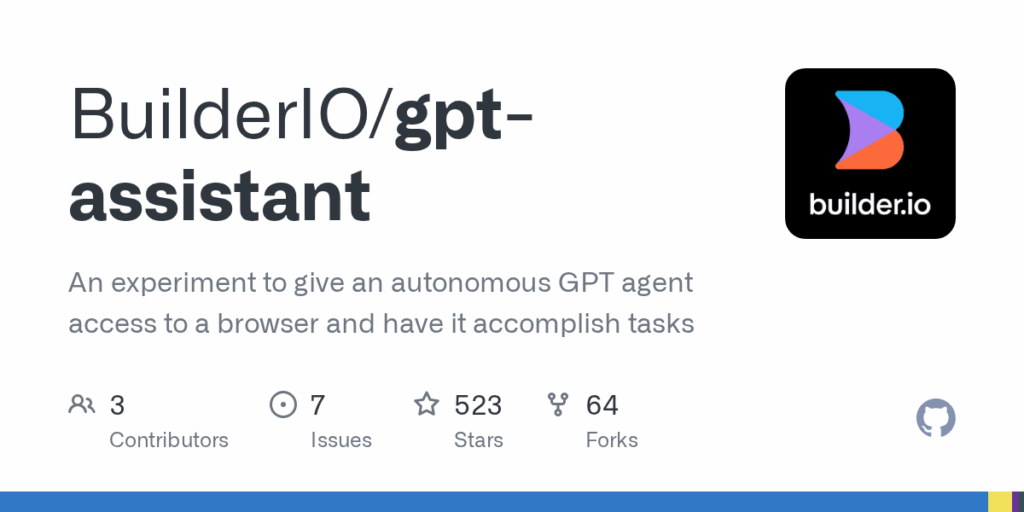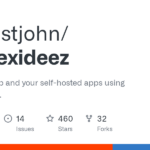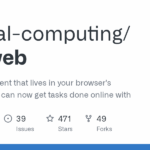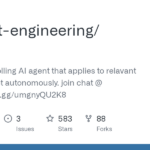gpt assistant
Basic Information
An experiment that runs an autonomous GPT-based agent with programmatic access to a browser so the model can accomplish web tasks end-to-end. The project demonstrates giving a GPT-4 model the ability to browse, interact with pages, and perform actions on behalf of a user. It is implemented as a small developer-facing application built with Qwik for the frontend and Puppeteer for browser automation. The README includes animated examples showing the agent editing a repository README, booking a restaurant table, and recommending a dog breed. The repo is intended to be run locally by developers to explore and test capabilities; it requires Node.js 14+, an OpenAI API key, a Postgres database, and access to GPT-4. The dev server is started with npm run dev and the assistant runs from a prompt entered in the app.








